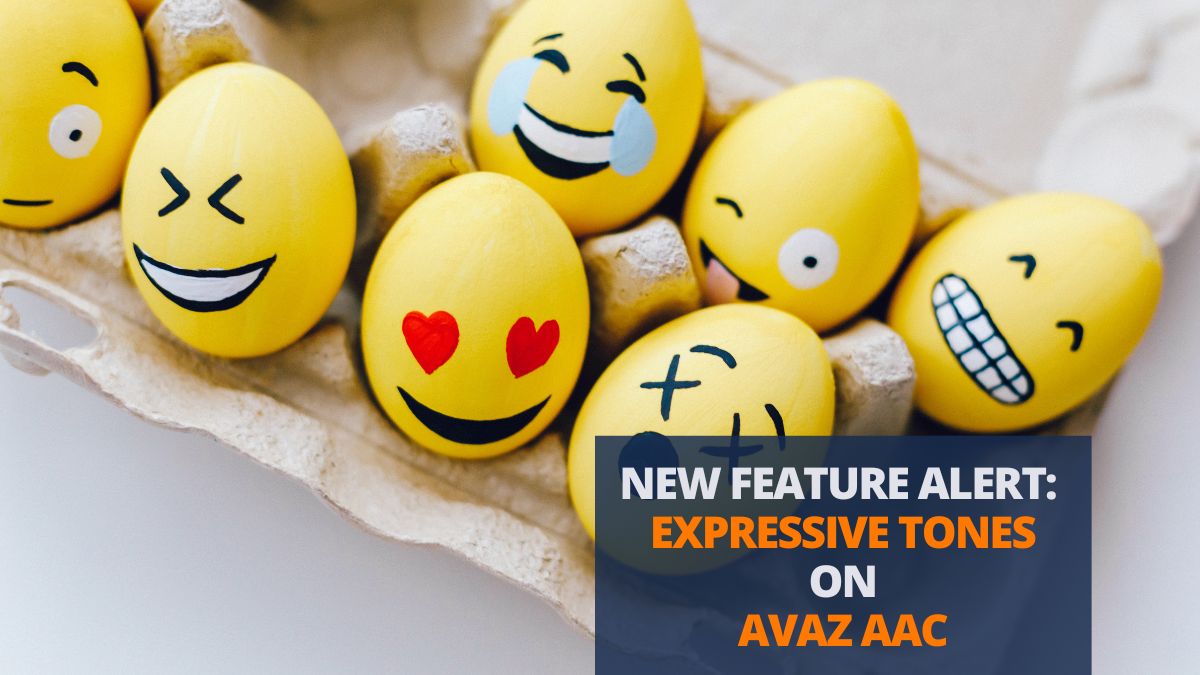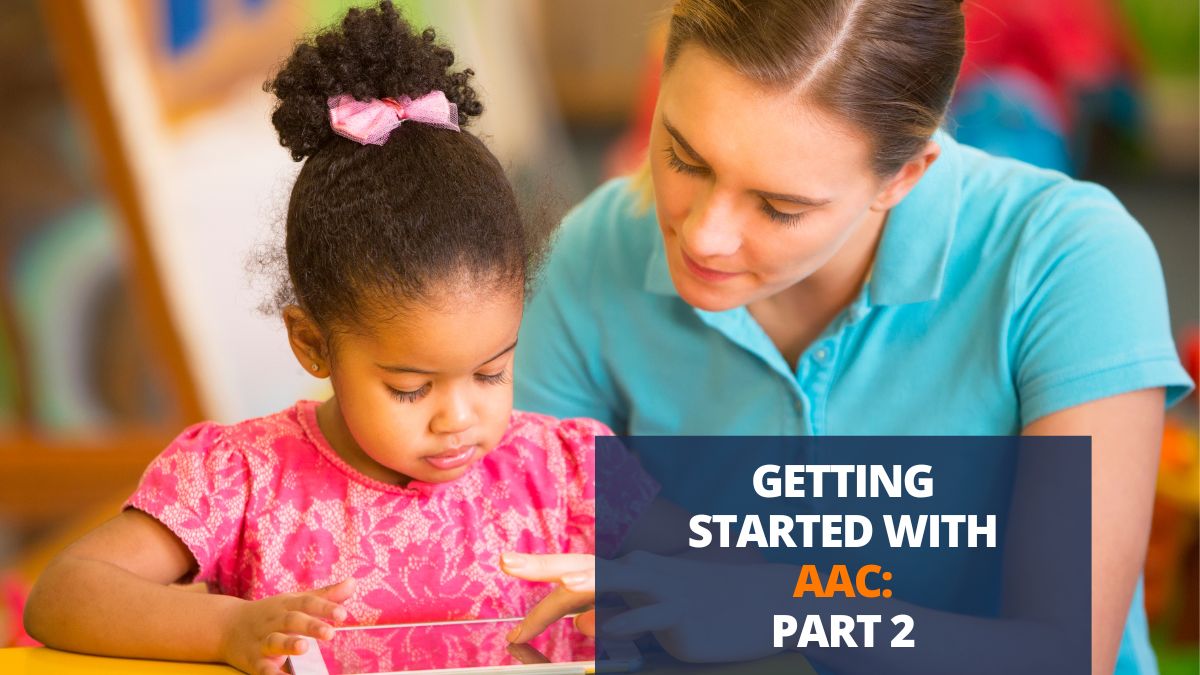If an individual seems to show little interest in a communication system, we cannot be hasty to assume that AAC is not for them. There are several factors that influence why someone is not inclined to use their communication systems. The indifference may be because the task was not rewarding enough. It may be due to the weight of unrealistic expectations. After all, who looks forward to doing something that they don’t particularly enjoy? But motivating autonomous communication in communicators is absolutely possible. Making it about the user is a simple yet powerful mantra to make communication intervention a success.


Putting AAC Users First
An Augmentative and Alternative Communication system is the communicator’s voice. Therefore, our role as educators, communication partners, caregivers, and professionals is only to facilitate communication.
Let’s consider the following scenarios-
Scenario 1: The family loves watching football and does everything to get the communicator to use AAC in that activity
Scenario 2: The communicator has the most fun playing hide and seek with their family
Without doubt, scenario 2 naturally presents more chances of motivating communication.
Think of all communication opportunities during the hide-and-seek activity.
“Where’s your brother?’
“Let’s find him”
“Is he hiding there?
All of these words are likely to make more sense to the communicator because they are keen on finding their brother. If using communication systems can help them beat their sibling at a game, wouldn’t they by all means go for it?
Celebrating All Wins
As the saying goes, the journey of a thousand miles begins with one step. Every step takes one closer to the destination. It is therefore important to celebrate every step a communicator takes in their communication journey. Reserving compliments for a more spectacular accomplishment does no good.
What do communication wins look like?
It’s important to identify every bit of progress a communicator is making and praising them for it. Because communication wins may look different for different communicators.
For someone who hadn’t cared to try the communication system, AAC babble is a win. Dismissing it as a child just randomly pushing buttons does little to encourage communication.
For a learner who has been using their communication system only for requesting water, using it to request milk or for a different communicative purpose is a win.
Acknowledging and celebrating every win gives communicators the confidence that they are capable of much more.
Letting them Know You’re in Their Corner
When children are younger, doting families celebrate everything they do such as crawling or their first step. This environment of unconditional support allows them to try different things and flourish.
All children including young communicators thrive when they are not bogged down by fear of failure. When communicators know that all their communicative attempts will be acknowledged, it encourages them to communicate more.
Sometimes, communication partners being on the sidelines, ready to help when needed, may do the trick. It may give the communicator the space to do things at their own pace
The golden rule of AAC intervention is to follow the lead of the communicator. Activities, goals, and lesson plans must be dictated by the communicator’s abilities, interests, and challenges. When communication partners know when to step in and step back, it sets up communicatirs to become autonomous and independent communicators.
References:
https://practicalac.org/praatical/actual-therapy-on-motivation-and-ac-with-samantha-weatherford/
https://www.nwacs.info/blog/2019/2/rethinking-motivation
https://www.speechandlanguagekids.com/encouraging-unmotivated-child-use-augmentative-alternative-communication-ac/
https://ussac.org/speakup/articles/inspiring-communication/




Hi can there please be a female voice of a 24 /25 years old female voice
On the app please
Hi Hailey, thanks for reaching out to us!
You can choose from the available voices on the app.
Please reach out to support@avazapp.com for more help.